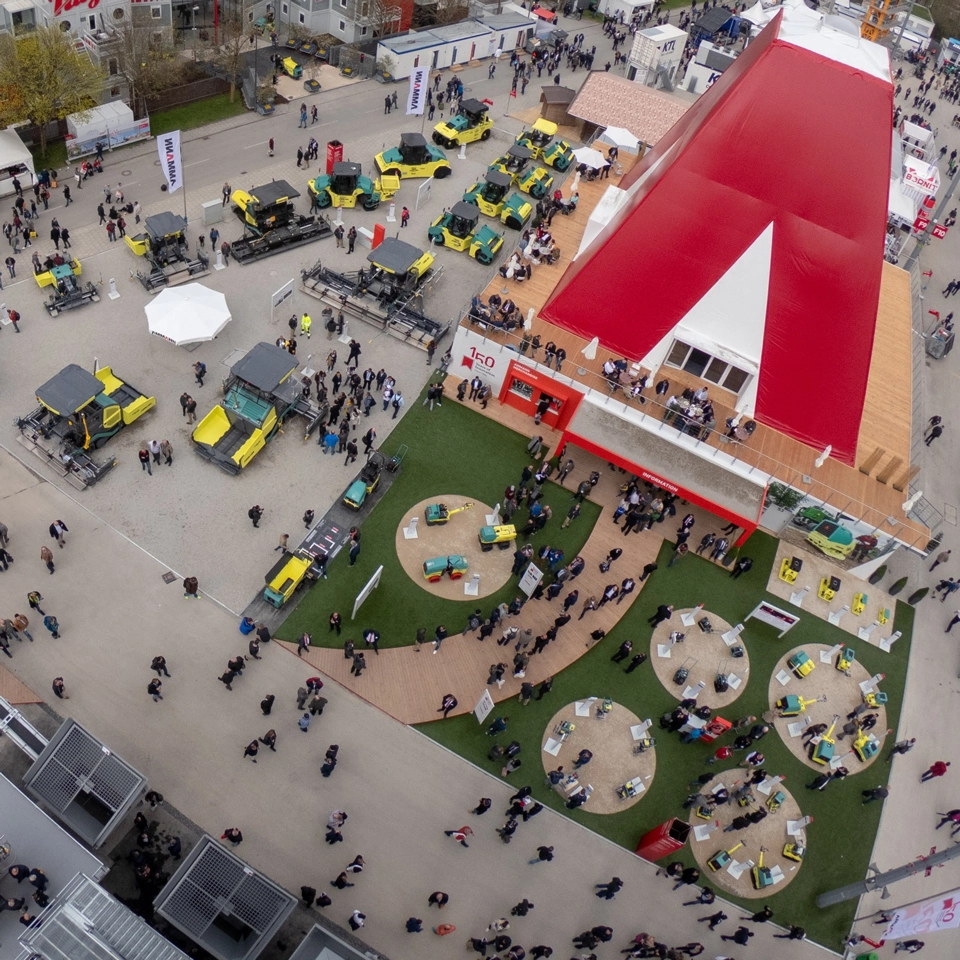E-Drive Compaction Equipment Helps Maximise Preservation at Historic Site
Ammann’s ecologically sensitive equipment was a perfect match on a historically sensitive job site in the Czech Republic
The project included the reconstruction of a roadway and rehab of a historical centre in Nové Město nad Metují. Sensitive excavation was required in some areas, as the site included portions of the original county gate, which stood from the 16th century until 1874.
Archaeologists started the project by thoroughly examining the ancient fortification and roadway. The relics they unearthed were found along the gate and other portions of the road.
Prehistoric objects from the Bronze Age, around 1000 B.C., were discovered. The original site is thought to have been a fort. Ash fields were also present.
The archaeological excavation lasted a few weeks. Then it was time for roadbuilding. Many of the materials were retained to preserve the character of the location. This meant that compaction had to be delicate enough to protect the items, but powerful enough to ensure proper structure.
At work on the site was a series of e-drive compaction products from Ammann. The machines create no emissions at the job site and operate quietly, particularly important in sensitive urban settings.
Handling the heavier roadbuilding needs was the Ammann eARX 26-2 Light Tandem Roller with electric drive. The roller features a fully electric drive and vibration system that can operate for up to 18 hours – and sometimes beyond – without recharging.
A 40-mm, anti-vibration mat was placed in the road structure to help eliminate the transmission of vibration to the bedrock and rock mass.
The e-drive roller took on sub-base layers. Due to the sensitivity, the gravel was placed in two thinner layers and compacted independently. The roller was an ideal size given the width of the road, which is a single lane.
The Ammann eATR Rammer compacted base layers under paver stones and materials placed over utility lines. The Ammann eAPF Forward Moving Plate also compacted base, paver stones and near utilities, and also tackled granite blocks placed in stone rubble. The same battery pack powers both machines, providing convenience and promoting uptime.
The project brought both modernisation and preservation to the historical centre. Infrastructure was improved through the replacement of storm sewers and the installation of lighting and intelligent traffic lights. Widening the road and adding intelligent traffic lights improved traffic regulation.
Existing curbs were used to preserve the character of the site and to extend the life of existing materials. History was also captured in the use of paver blocks in the footpaths, which highlighted portions of the fortification and gate. Green areas were also added.
The project lasted more than three months.

Contact Form
Schedule online meeting
Get in touch with us to meet a sales representative near you
